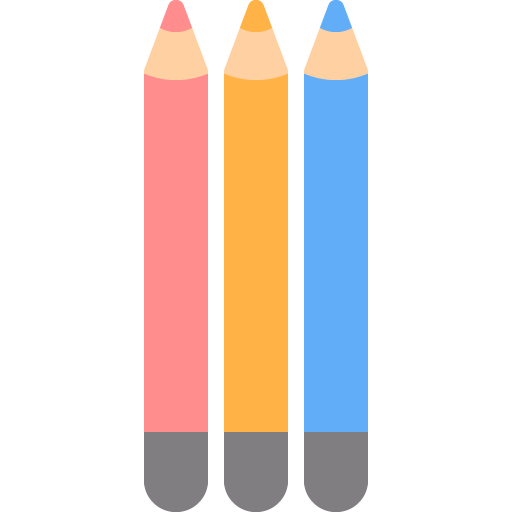Daily practice is one of the most effective ways to improve your drawing skills. Even 15–30 minutes a day can build confidence, sharpen your technique, and help you develop a personal style. The key is consistency and variety. Instead of repeating the same types of sketches, try mixing up your routine with different exercises that train your hand, eye, and imagination.
Here are 10 drawing exercises you can practice every day to level up your skills — no matter your experience level.
1. Line Drills
Start each session with simple line work. Draw straight lines, curves, zigzags, and loops across the page. Try to keep the pressure consistent and the spacing even. Practice both fast and slow strokes. Line drills help build control, improve your pen or pencil confidence, and warm up your muscles before more detailed work.
2. Shape Repetition
Draw basic shapes like circles, squares, ovals, and triangles repeatedly — freehand, not using a ruler. Try to draw each shape multiple times without lifting your pencil. Keep them uniform in size, or gradually scale them up or down. This trains your eye for proportion and symmetry and is a great prep for more complex forms.
3. Contour Drawing
Choose an object — like a plant, a hand, or a shoe — and draw its outline without lifting your pen or looking at the page. This is called blind contour drawing, and while the results may look abstract, it strengthens your observation skills. It forces you to focus more on what you see than what you think something should look like.
4. Gesture Drawing
Set a timer and draw quick sketches of people, animals, or objects in motion. Focus on the energy of the pose, not the details. Use big, loose strokes. This exercise is essential for capturing movement and life in your drawings and helps build your visual memory and fluidity.
5. Still Life Studies
Arrange a few household objects on a table and sketch them from observation. Focus on proportions, perspective, shadows, and textures. Change the lighting to see how shadows fall differently. Still life drawing improves accuracy, depth perception, and the ability to translate 3D forms to paper.
6. Negative Space Drawing
Instead of drawing the object, draw the space around it. For example, draw the shape of the space between chair legs rather than the legs themselves. This exercise rewires how you see objects and improves your ability to judge angles and composition. It’s a powerful way to break bad drawing habits.
7. Cross-Hatching Practice
Take any simple object or geometric form and shade it using only cross-hatching (intersecting lines). Vary the pressure and direction of your lines to create different values. This helps you understand light and shadow while improving your mark-making technique.
8. Thumbnail Sketching
Create 5–10 mini sketches of a scene, layout, or concept. Each thumbnail should be small (just a few centimeters wide) and quick (1–3 minutes each). Don’t worry about detail — focus on composition, balance, and clarity. This is a favorite technique among professional artists and designers to explore ideas fast.
9. Reference Study
Pick a drawing, painting, or photo that inspires you and try to replicate part of it. Study how the original artist handled shapes, lines, shading, and structure. You’re not copying — you’re learning from a master. Make notes as you go. Then, try drawing something original using a similar approach.
10. Draw from Memory
After doing a study or observing something in real life, close your eyes and try to draw it from memory. This pushes you to internalize visual information and helps reinforce what you’ve learned. It’s challenging at first, but over time, it strengthens your visual recall and imagination.
Make It a Habit
The best way to benefit from these exercises is to create a schedule or drawing journal. Rotate through 3–5 of these each day. Keep your sessions light and enjoyable — you don’t need to make a masterpiece every time you sit down. The goal is progress, not perfection.
Whether you’re a complete beginner or an advanced artist, these exercises are a proven path to improving your control, observation, and creativity. Stick with it, and you’ll be amazed at your growth in just a few weeks.
